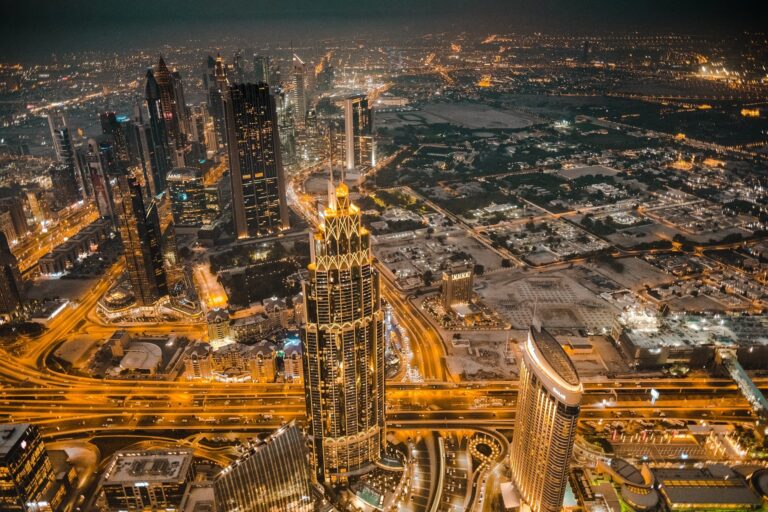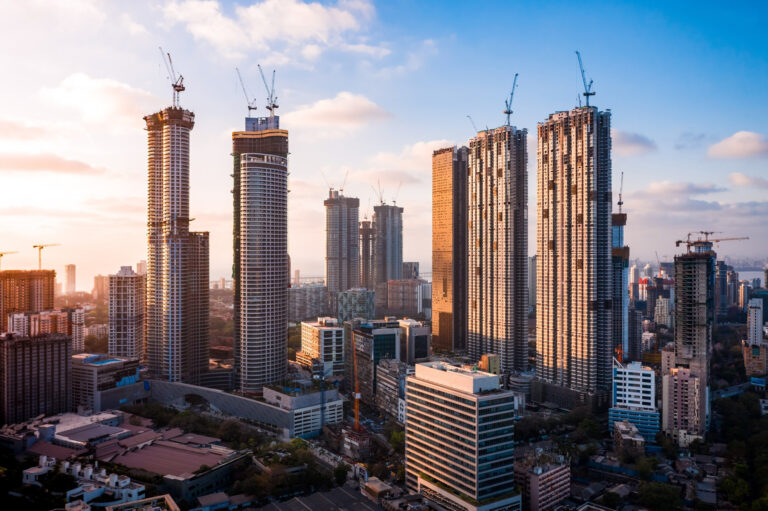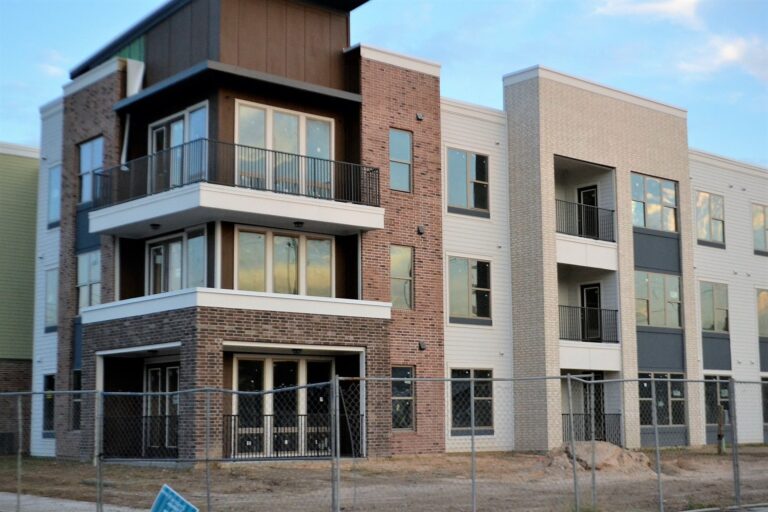Tower’s 14th Anniversary Milestone
Dubai, the epitome of architectural grandeur, celebrates the 14th anniversary of its iconic landmark, the Burj Khalifa. A symbol of opulence and innovation, this towering marvel continues to captivate the world. However, the allure goes beyond mere aesthetics; it’s a thriving investment hub. Let’s delve into the fascinating journey of the Burj Khalifa, exploring its recent surge in investor interest and the broader real estate landscape.
The Numbers Speak: $2.66 Billion in Home Sales Since 2010
In a surprising turn of events, the Burj Khalifa has witnessed a 52% decline in available homes for sale throughout 2023, as reported by global property consultant Knight Frank. This decline, rather than a cause for concern, is indicative of a substantial uptick in long-term investor interest and genuine end-user engagement.
Despite the reduction in available homes, the tower saw a 22% increase in deals during 2023, totaling a remarkable 117 sales. This statistic reinforces the Burj Khalifa’s unwavering demand, echoing the broader real estate trends in Dubai.
Robust Demand Defies Odds
The Burj Khalifa’s success story is underlined by its resilience in the face of market fluctuations. With 117 apartment and branded residence sales in 2023, amounting to an impressive $288.6 million (AED 1.06 billion), the Burj Khalifa contributed to 7% of all sales in Downtown Dubai, totaling a staggering $3.97 billion (AED 14.6 billion).
Long-term Investors Flock to the Pinnacle
Dubai’s evolution into the hub of a second home has attracted a wave of international buyers, especially in the $10 million plus-home market. Faisal Durrani, Head of Research at Knight Frank’s MENA division, notes, “This extraordinary level of demand has been the catalyst behind the 38% increase in average city-wide prices since March 2021.”
The Burj Khalifa stands as a testament to this trend, outperforming the city with a remarkable 55.4% price growth over the same period. Durrani emphasizes that Dubai’s property market is in an emergent phase, and the 52% decrease in available homes signals the city’s repositioning as a hub for second-home buyers and genuine end-users.
Holding for Value: The Emerging Residency Mindset
Owners are opting to retain their properties for longer durations, resulting in a sharp fall in inventory levels. This shift signifies the establishment of a longer-term residency mindset, contributing to sustained price growth within the tower. Durrani highlights, “The most expensive home sold this year traded for 140% more than 2022.”
Knight Frank’s analysis showcases the most expensive apartment sold at the Burj Khalifa this year, priced at $1,321 (AED 4,852) per square foot, marking a 20% increase from 2022’s priciest sale at $1,101 (AED 4,044) per ft².
Beyond the Tower: Prime Residential Values in Dubai
While the Burj Khalifa shines, prime residential values in Dubai experience record growth, particularly in Palm Jumeirah, Emirates Hills, and Jumeirah Bay Island. Knight Frank’s 2024 global prime residential markets forecast ranks Dubai third at 5%, following a notable 16% rise in prime residential prices in 2023.
Despite the growth, prime prices remain at a relatively affordable $1,018 (AED 3,740) per ft², positioning Dubai as one of the world’s most accessible luxury home markets.
Downtown Dubai’s Prowess
Downtown Dubai, although not classified as a prime neighborhood by Knight Frank, remains the most sought-after location for residential real estate. Will McKintosh, Head of Knight Frank’s MENA residential section, affirms, “Downtown Dubai sits at the heart of the city’s most desirable submarkets.”
The area encompasses Downtown, Business Bay, and the wider DIFC, attracting developers eager to capitalize on the high demand for homes. McKintosh notes the concentration of branded residential operators in Business Bay, solidifying Dubai’s status as a city with the highest concentration of such entities.
In Conclusion: A Towering Success Story
As Dubai’s Burj Khalifa marks its 14th anniversary, the real estate landscape is undergoing a transformative shift. The tower’s enduring appeal, coupled with strategic market positioning, has attracted a surge of long-term investors and genuine end-users. The numbers speak volumes, with $2.66 billion in home sales since 2010. Dubai’s property market, in an emergent phase, positions itself as a hub for luxury second homes.
Read More: Understanding The Psychology Of Dubai’s Homebuyers
FAQs
What contributed to the decline in available homes for sale at the Burj Khalifa?
The decline is primarily attributed to Dubai’s emergence as a second homes hub, attracting international buyers, and a growing preference among owners to hold on to their properties for longer durations.
How does the Burj Khalifa compare to other prime residential areas in Dubai?
Despite not being classified as a prime neighborhood, Downtown Dubai remains the most sought-after location for residential real estate, showcasing the tower’s unparalleled appeal.
What factors contribute to Dubai’s status as an accessible luxury homes market?
Dubai’s affordable luxury homes market is influenced by a combination of factors, including strategic developments, the concentration of branded residential operators, and a surge in demand for homes in key areas like Business Bay and DIFC.






